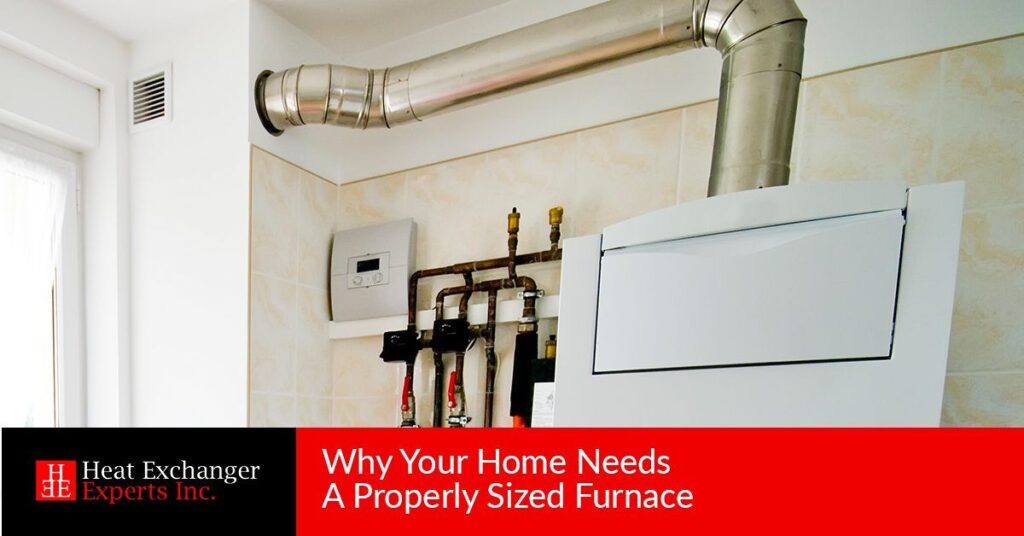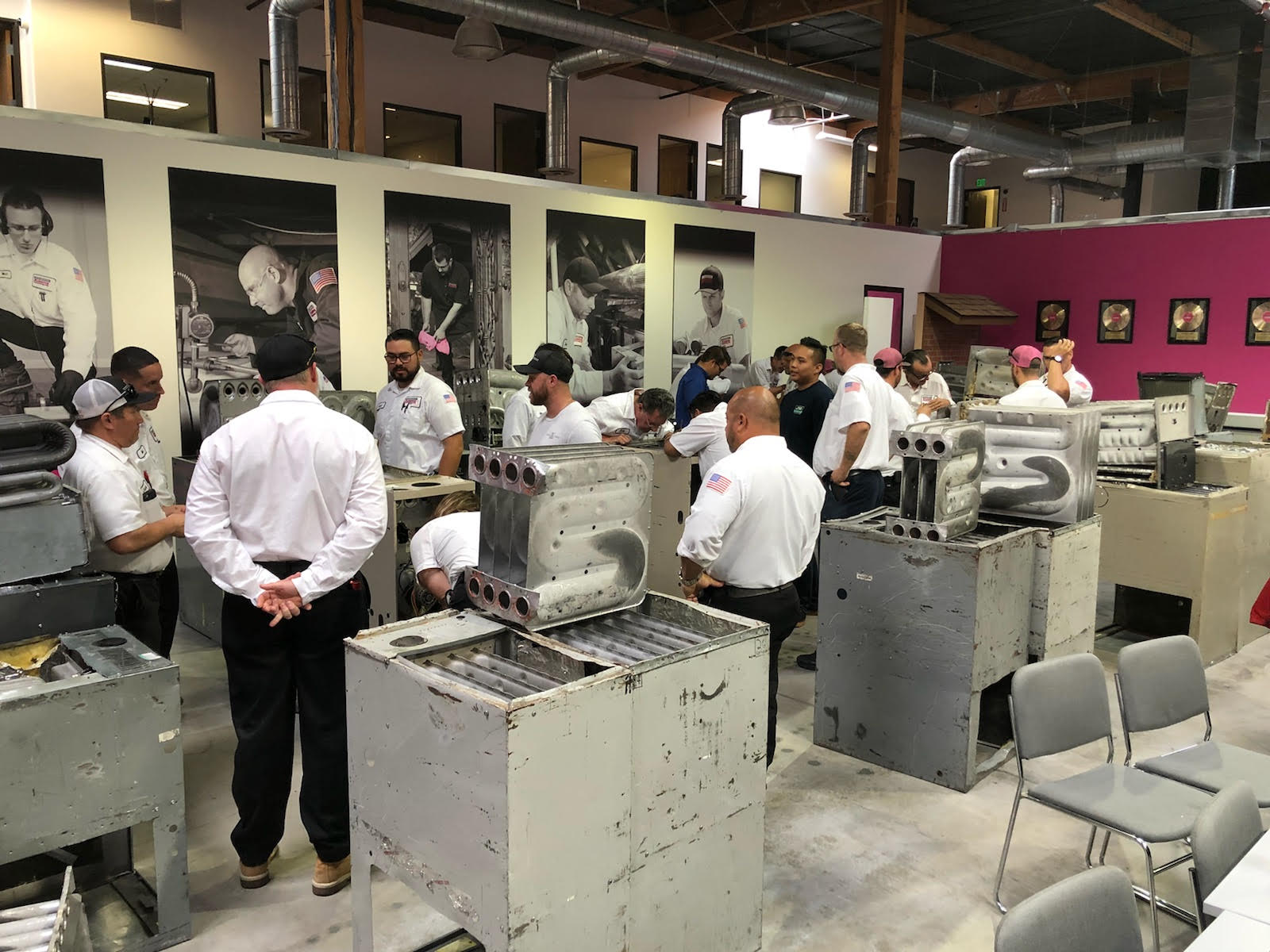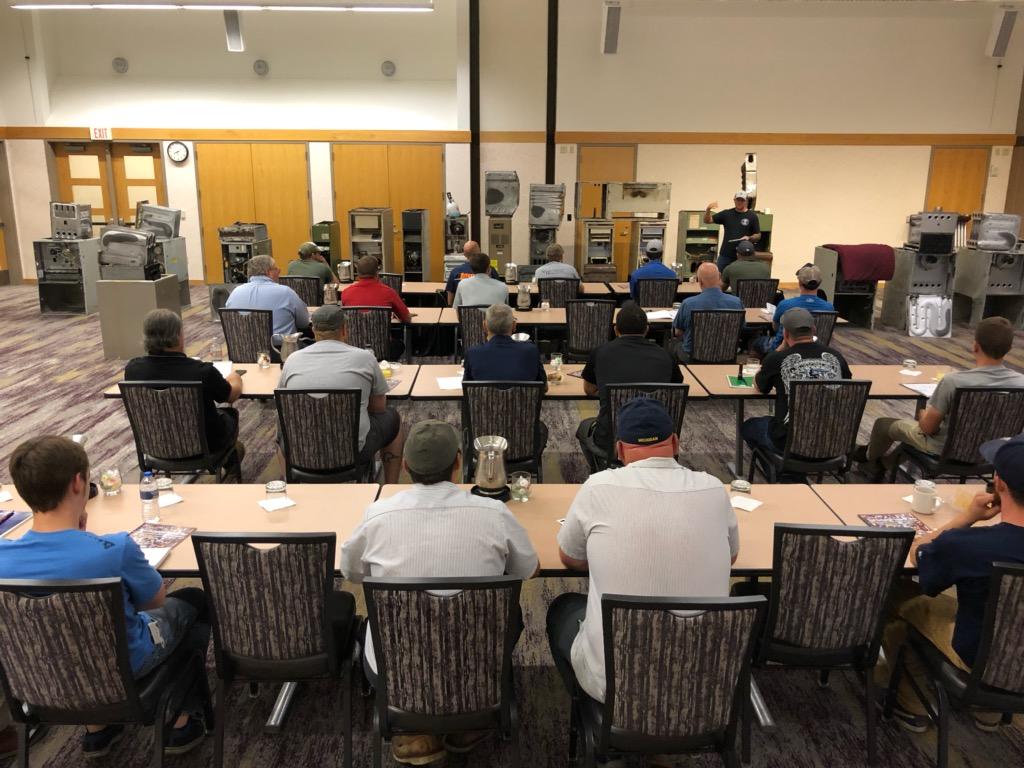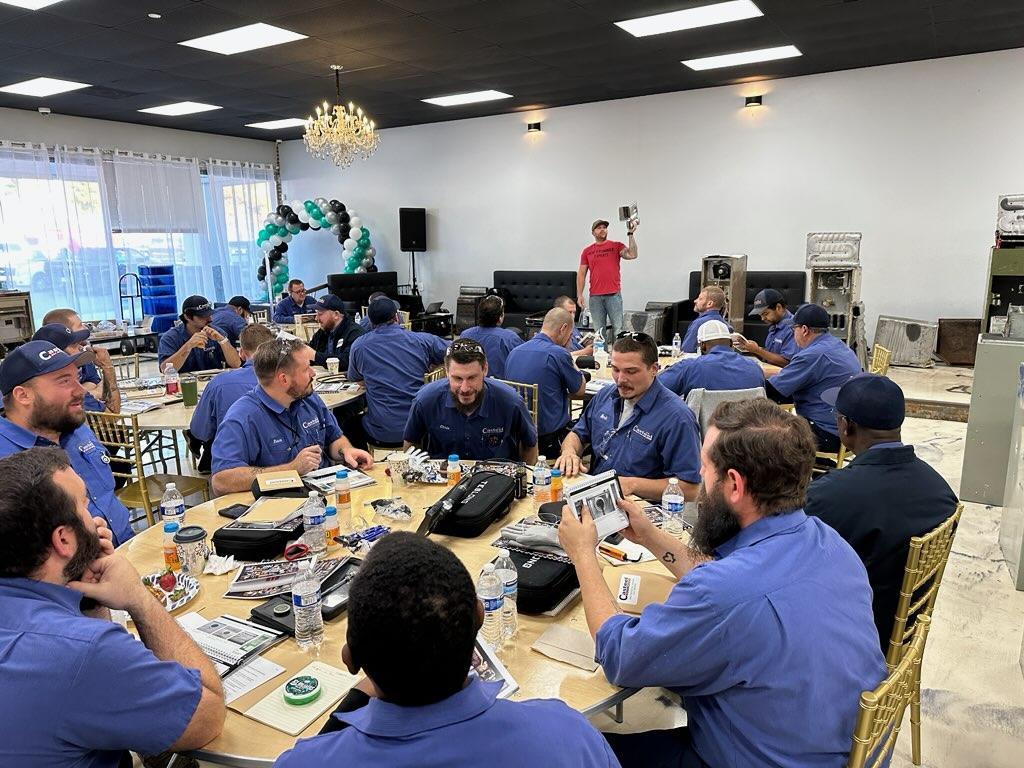Why Furnace Heat Exchanger Inspections are Critical for Home Safety
As colder months roll in, your heating system becomes the front line of defense against the chill. While furnaces are built to deliver reliable heat, a hidden issue like a cracked heat exchanger can pose a serious risk to your home and family. That’s why regular inspection and maintenance of your furnace—especially the heat exchanger—are essential for safety, performance, and long-term savings.
What Is a Furnace Heat Exchanger?
The heat exchanger is a vital metal component inside a furnace. It transfers heat from the combustion chamber to the air circulated through your home’s duct system. During the combustion process, flue gases—containing carbon monoxide, soot, and other byproducts—are safely directed out through a flue pipe.
But when heat exchangers develop corrosion, fatigue, or cracks due to long-term use or poor airflow, these dangerous gases may leak into your living space, causing major indoor air quality and safety concerns.
Why Cracked Heat Exchangers Are Dangerous
A cracked heat exchanger is more than a mechanical failure—it’s a silent threat. It allows flue gas and carbon monoxide to escape into the air your family breathes.
Health Risks Include:
- Carbon monoxide poisoning – Symptoms like headaches, dizziness, nausea, and confusion
- Long-term exposure risks – Potential damage to organs and brain function
- Fatal outcomes – High-level leaks can be deadly
Carbon monoxide detectors and gas detectors are crucial safeguards, but they’re not substitutes for proactive maintenance and visual inspection by a trained HVAC tech.
How to Spot a Potential Problem
While some issues require advanced tools like an internal rotary inspection system, eddy current testing, or a videoscope, there are signs you can look for that may indicate a problem with your heat exchanger or combustion system:
- Yellow or irregular flame
- Rust or soot around the furnace or flue
- Unusual odors or noises
- Water near your furnace (condensation may signal improper venting)
- Visible cracks or deterioration inside the metal tubes
- Frequent cycling or inefficiency in heating
If your carbon monoxide detector sounds an alarm, act immediately: shut off your furnace, open windows for airflow, and call a certified technician.
The Importance of Routine Heat Exchanger Inspections
Professional inspection is the only reliable way to detect internal damage like metal fatigue, cracks, or tube wear. Modern inspections may involve:
- Visual inspection using a flashlight, mirror, or camera
- Pressure testing of the exchanger tubes
- Digital data collection from sensors
- Testing intake and exhaust pressure
- Advanced diagnostics using thermal imaging and airflow tracking
Routine home inspection services may include a checklist to ensure the furnace, air filter, flame sensor, pipes, roof vents, and more are functioning correctly.
Maintenance Saves More Than Money
Well-maintained heating and cooling systems are more efficient, reliable, and sustainable. Regular furnace maintenance improves efficiency, prevents unexpected failures, and may help preserve your warranty. It also extends the life of your heat exchanger, blower motor, and air conditioning units—ensuring consistent indoor comfort through all seasons.
Proper troubleshooting and servicing also reduce the chances of costly breakdowns, leaks, and other plumbing or gas line failures that may compromise your home’s safety.
Safety Tools You Should Have
Every home with a gas furnace, heat pump, or any combustion-based system should be equipped with:
- A reliable carbon monoxide detector
- A gas leak detector or sensor
- A flashlight for quick checks
- Regularly replaced air filters
- Emergency shutdown access for gas or electricity
Having a checklist and basic knowledge of your system’s layout (e.g., intake, exhaust, ductwork, pipes) gives you the upper hand during an emergency—or when speaking with a professional.
Don’t Wait—Inspect Before It’s Too Late
Prevention is key. Schedule a comprehensive heat exchanger inspection before winter hits. Whether you’re managing a single home or overseeing a housing development, proactive maintenance reduces liability, protects indoor air, and ensures the system is running at peak efficiency.
Heat Exchanger Experts provides in-depth training, tools, and expertise for homeowners and HVAC techs alike. Whether you’re new to the field or a seasoned technician, we offer resources to improve your knowledge, enhance inspection techniques, and stay ahead of safety concerns.
Ready to protect your home or level up your HVAC career?
Contact Heat Exchanger Experts today to schedule an inspection, explore our training programs, or learn how to use industry-leading diagnostic tools like videoscopes, cameras, and eddy current testers. Your family’s safety—and your future in HVAC—depends on it.




